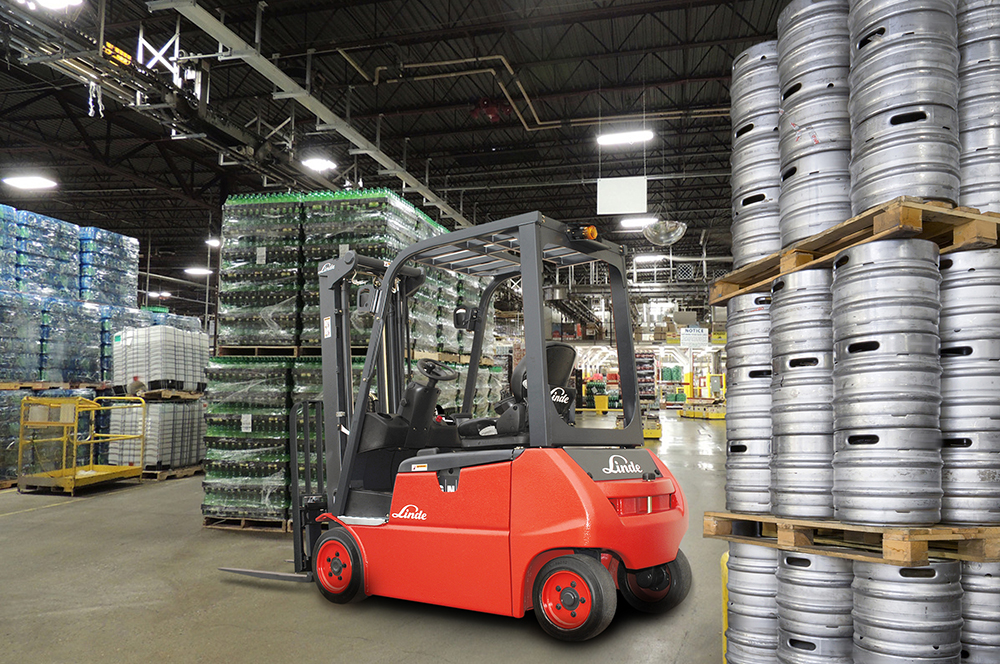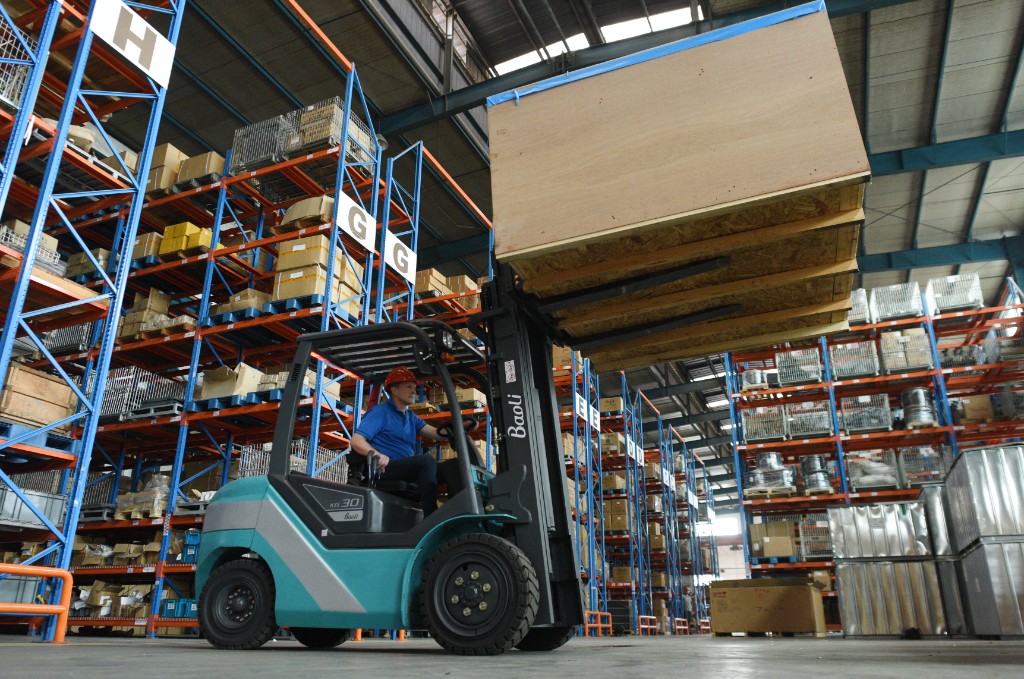Forklifts are an invaluable tool in warehouses and manufacturing facilities. Without them, most operations could not continue. And the most important part of a forklift is the forks themselves, which carry the lift’s load.
When a forklift’s forks are worn, bent, broken, or damaged, it not only affects the lift’s ability to function properly, but can also put your product and the personal safety of your employees at risk. To ensure that your forklift is in top working condition, the lift’s forks should be inspected regularly and replaced if any damage is found.
Conduct the following inspections to determine if it is time to replace your lift’s forks:
Wear
First, check the forks for normal wear. The thickness of the forks wears down over time as the lift carries loads. You can use a special fork caliper tool to measure the forks for wear. If the wear reduces by 10% or more of the original thickness, it is time to replace the forks.
Surface cracks
Inspect the top and bottom of the forks for cracks. Cracks occur over time with normal operation, or more frequently if the forklift carries a load beyond its load capacity. If there are any cracks, the forks need to be replaced.
Make sure to carefully check the areas where the area where the forks attach to the lift truck, as cracks often develop there.
Evenness of the forks
If you operate a lift with uneven forks, you run the risk of damaging the load or even tipping the forklift. Carefully inspect the forks to make sure they are even. The difference in the height of each fork tip should not exceed 3% of the length of the blade.
Straightness of the blade and shank
If the blade or shank of the forklift has been distorted or bent, they need to be replaced. The blade refers to the blades that the load sits on. The shank is the vertical component of the forks that attach to the carriage.
If the straightness deviates from 0.5% of the length of the blade, or 0.5% of the height of the shank, the forks must be repaired or replaced.
Fork angle
In addition to the checking that the blade and shank are straight, you should also check the fork angle where the blade and shank meet. If the angle exceeds 3° from the original angle, the forks should not return to service.
If any of the above do not fit the specifications for your particular forklift, it is time to replace the lift’s forks. General forklift inspections should be performed before every use, while federal law mandates that forks are inspected by trained personnel once a year.
There are a few things you can do to ensure that you get the most life possible out of your lift’s forks. Never push your lift beyond its limits. Pay attention to load capacity, and do not carry loads that extend too far out on the forks. Additionally, you should only use forklifts for their intended purpose.
While you can replace forks to get more life out of your lift, forklifts do not last forever. But by performing the inspections above and conducting the appropriate repairs or replacements, you can ensure optimal performance for your forklift.



